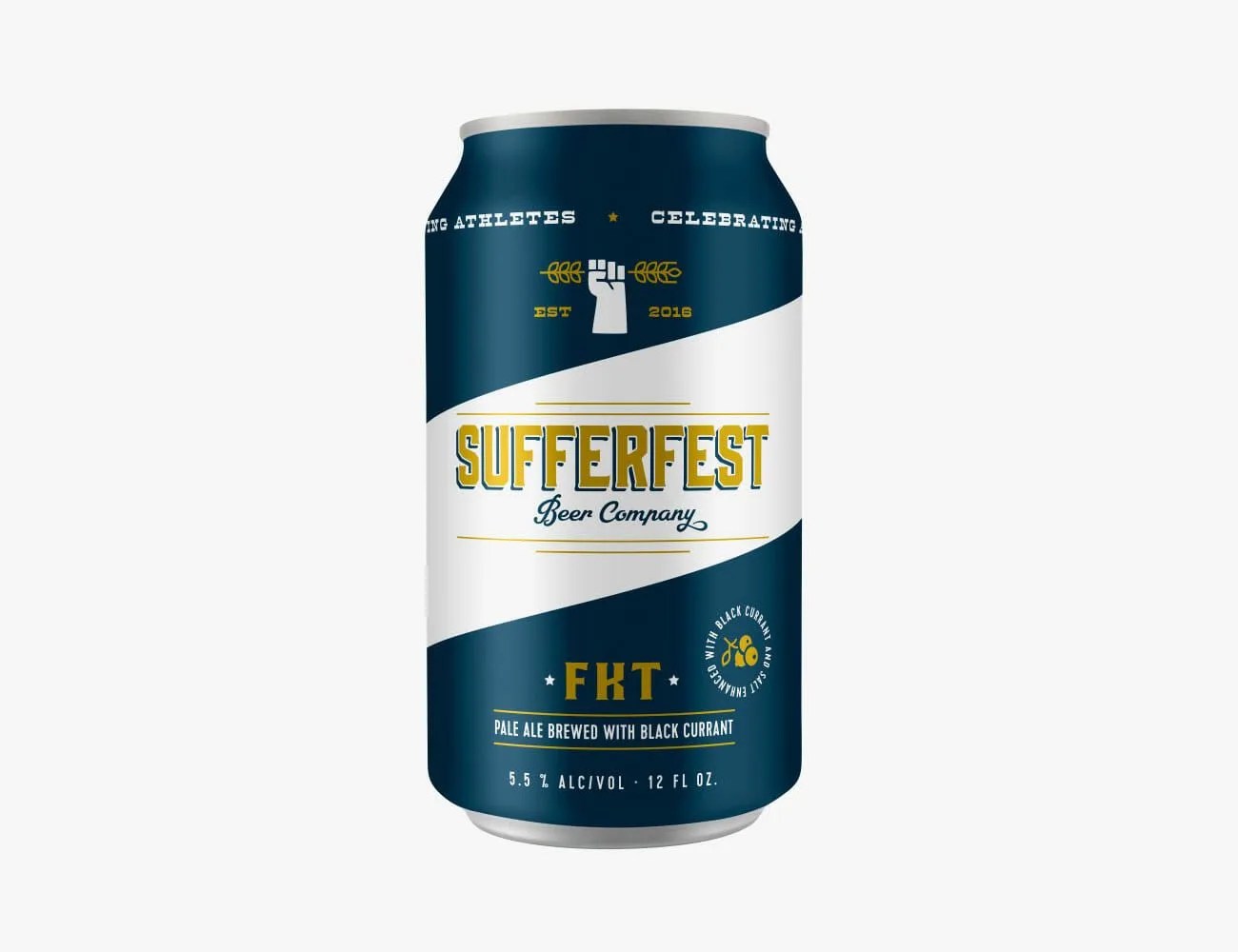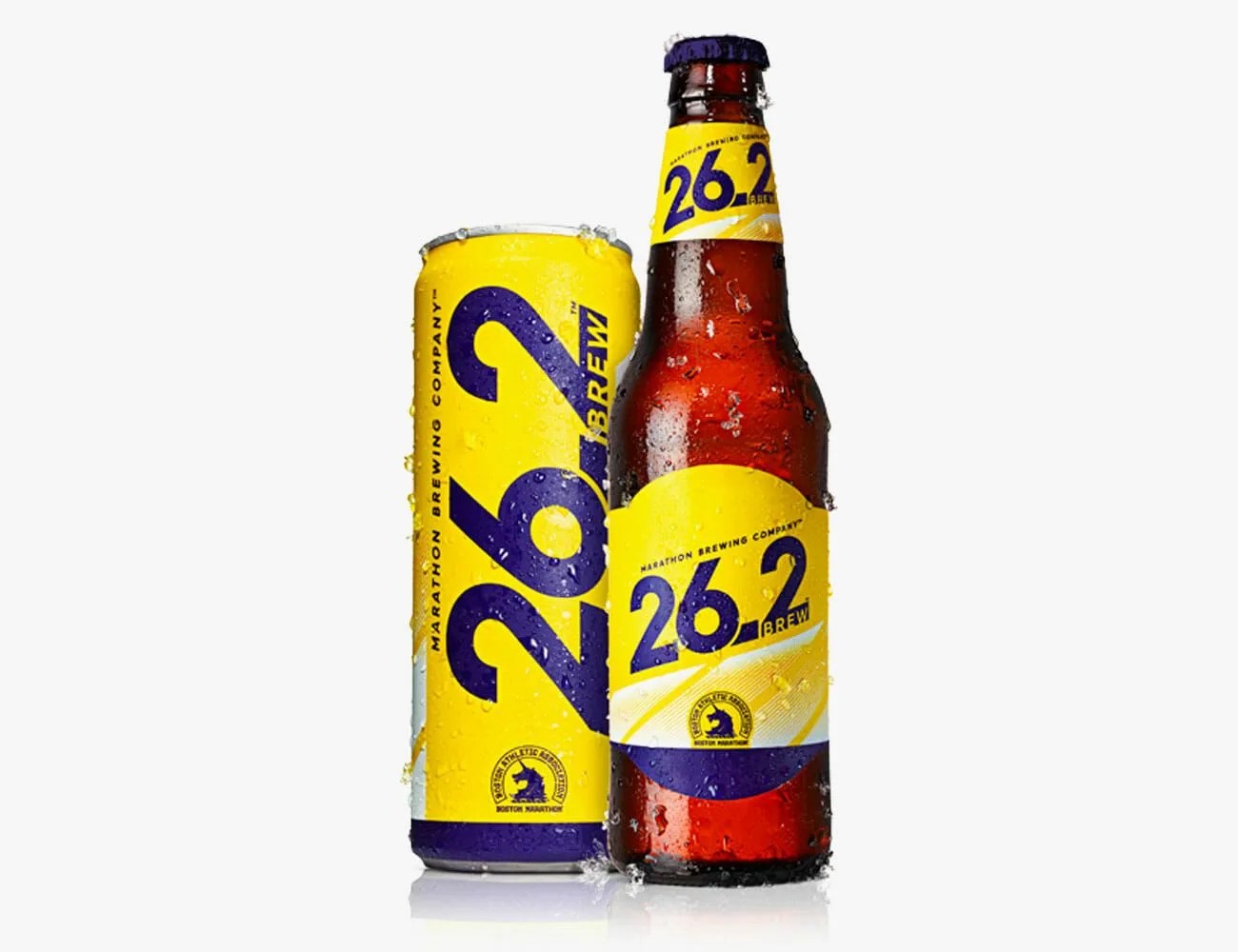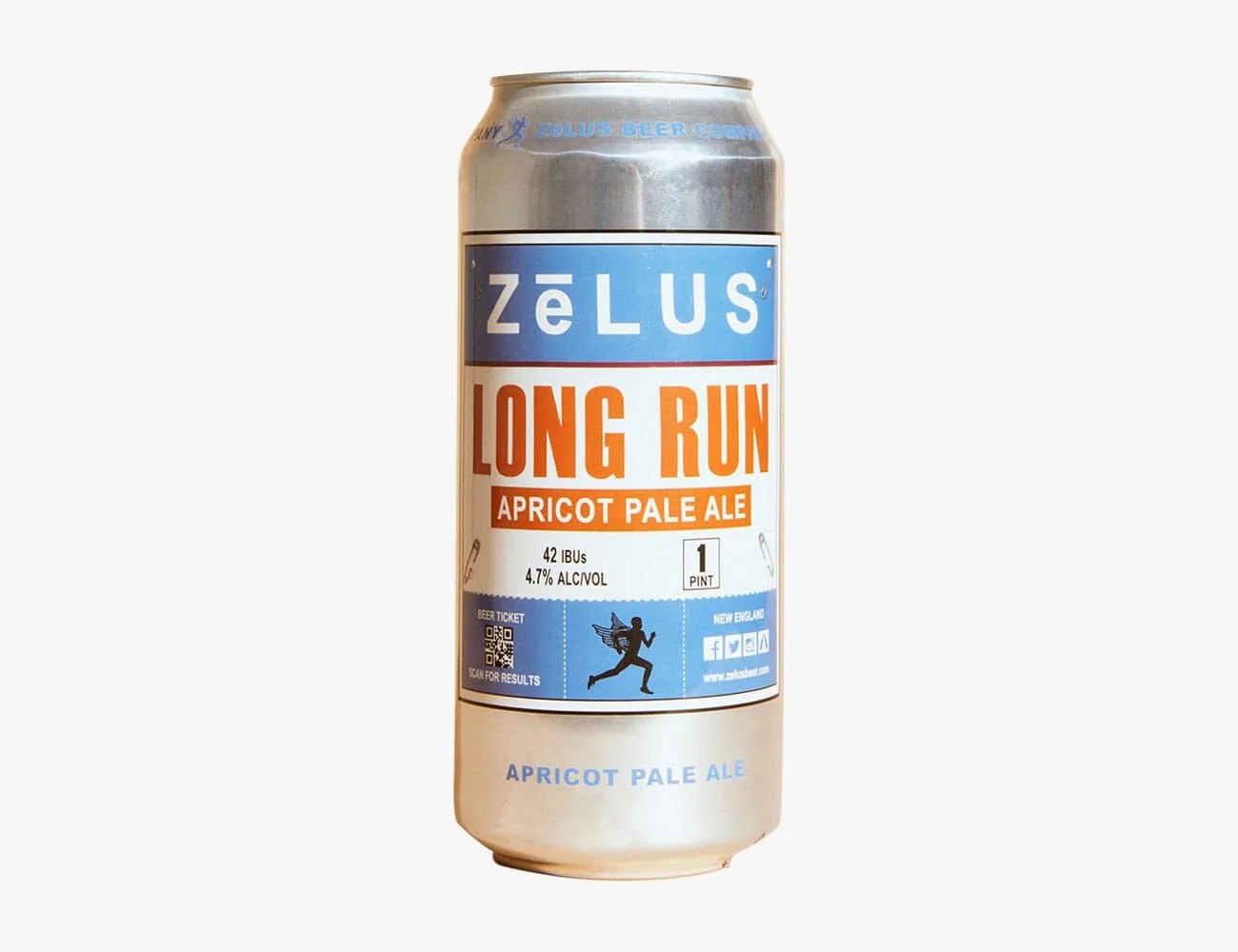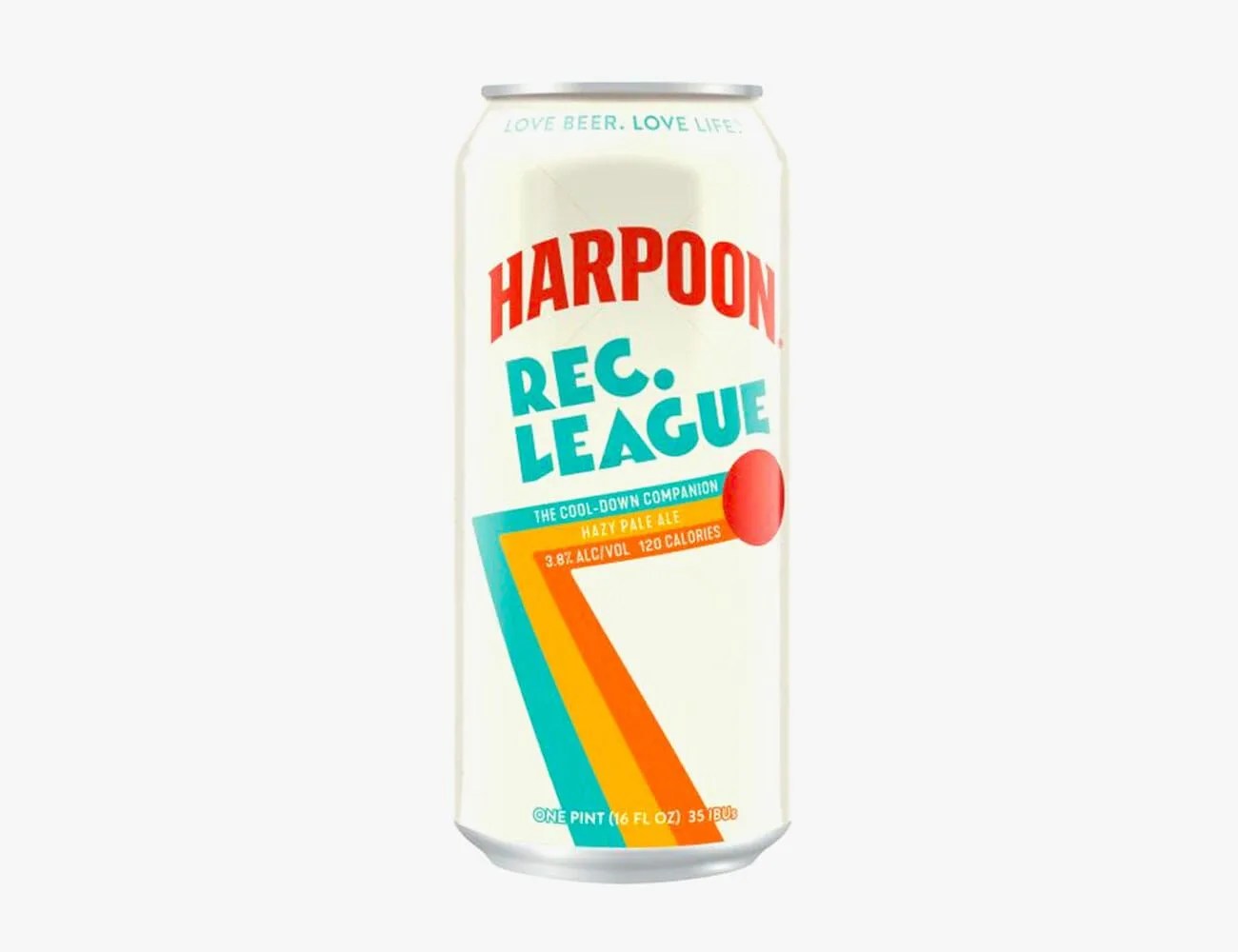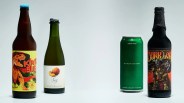While drinking beer and watching a sporting event is as ubiquitous and American as apple pie, the same can practically be said about enjoying the cool taste of a brew after hiking a 14er, going uber hard on a long run or completing a full-day ride on your bike. Hike, bike, swim, run, rock climb — whatever your activity of choice, we can get behind enjoying fermented refreshment after a life-affirming sweat session.
Across the country, brewers are beginning to take notice. A handful of breweries are crafting beers that are (at least in theory) beneficial to you post-exercise. You already know that you need to hydrate after a day of activity, but you also need glycogen (which stores carbohydrates in the body) and protein. On really hot days when your shirt is dusted with a thin white layer of salty sweat, it’s likely that you’ve lost a lot of sodium, and you’ll need to replenish. Evil Twin Brewing, Harpoon Brewery, Zelus and Sufferfest are just a few of the brands experimenting with beers featuring nutrient-rich ingredients to help you recover.
While electrolyte beers are not officially recognized as a beer style by the Brewers Association, it makes sense that smaller brewers are the ones creating these drinks. “Small brewers have long sponsored active events in their communities like weekly fun runs, bike rides and road races,”says Jess Baker, editor in chief of CraftBeer.com, a website for beer lovers published by the Brewers Association. “People with active lifestyles no doubt love reaching for a beer after a good sweat, like after those weekend long runs, bike rides and softball games.”
Most of the beers crafted with electrolytes or intended to be imbibed after a sporting activity are relatively new. Baker cites Dogfish Head’s SeaQuench, Mispillion River’s War Goose and Sufferfest’s FKT as examples of the trend emerging in the past two years. While their popularity is increasing, such beers are not exactly mainstream just yet. “It’s safe to say [that electrolyte beers] haven’t yet come close to the popularity of something like the juicy or hazy IPA, which could merit creating a new style,” Baker says. With the continuing evolution of brewing and tastes, the picture may be much different two years now.
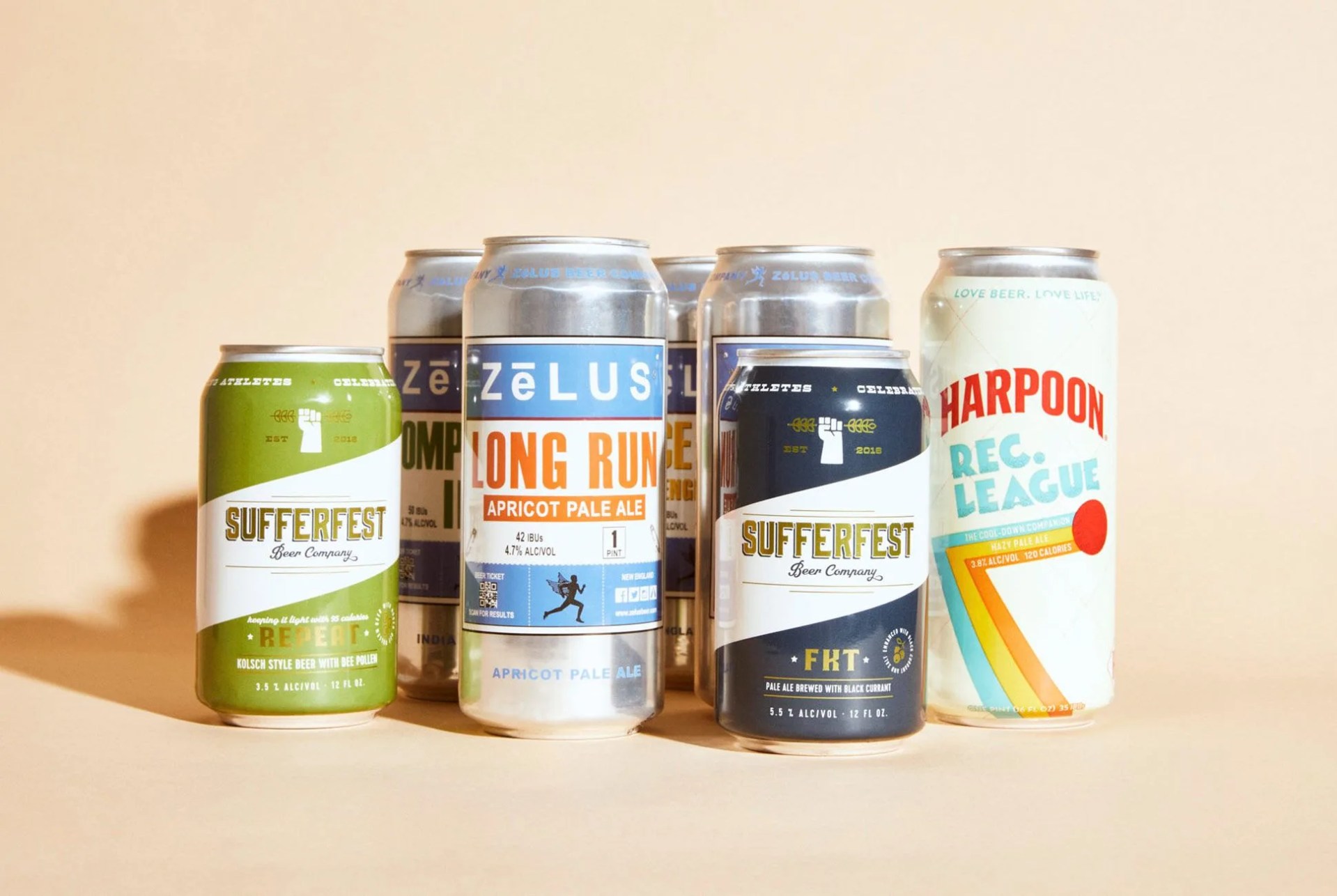
PSA: Don’t take this as an excuse to imbibe on health grounds. Studies show that beers with greater than four percent alcohol can delay recovery, so if you’re really looking to improve your fitness and compete at the highest level, drinking alcohol isn’t the best decision. When we reached out to dietitians and sports nutritionists for their thoughts, the response was less than positive. “I have nothing on the benefits of beer post-exercise… only diminishing returns,” says Susan M. Kleiner, PhD, RD, FACN, CNS, FISSN and author of The New Power Eating.
“Alcohol has always been known for its negative effects towards exercise; due to a number of factors — lack of nutrients — the body recognizes it as a toxin,” says Dan Churchill, chef of Under Armour and co-founder of Charley St. in New York City. “Adding electrolytes to alcohol is very interesting as this would naturally help facilitate recovery, particularly in endurance events. I have not seen any supportive evidence when you put the two together. In theory, whenever the body has a toxin in its system, it is the priority to rid that toxin before focusing on any other task.”
But if you’re just looking to have fun, kick back and enjoy a beer post-run, why not do it with a beer that, if nothing else, gives you the illusion of being healthy? To explore the trend further, we decided to gather up a few electrolyte beers and try them for ourselves after long runs, bikes and hikes. Here’s what stood out.

